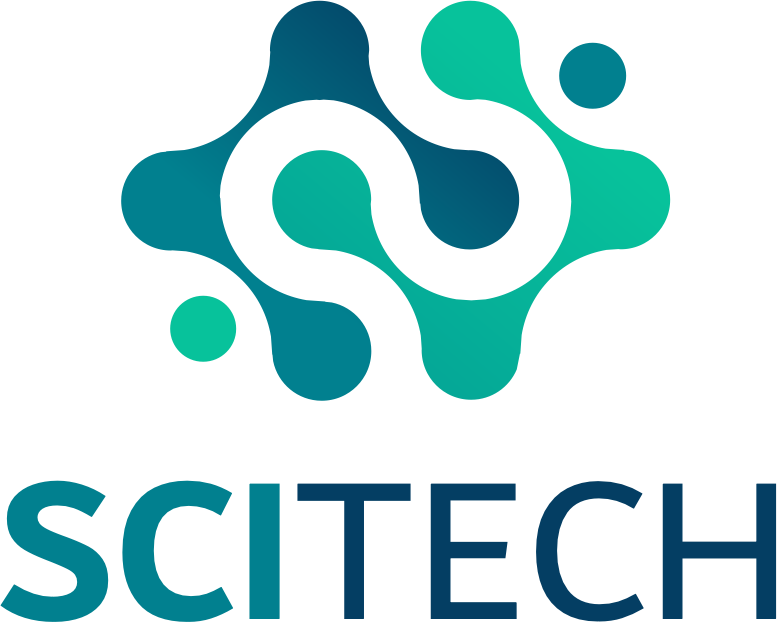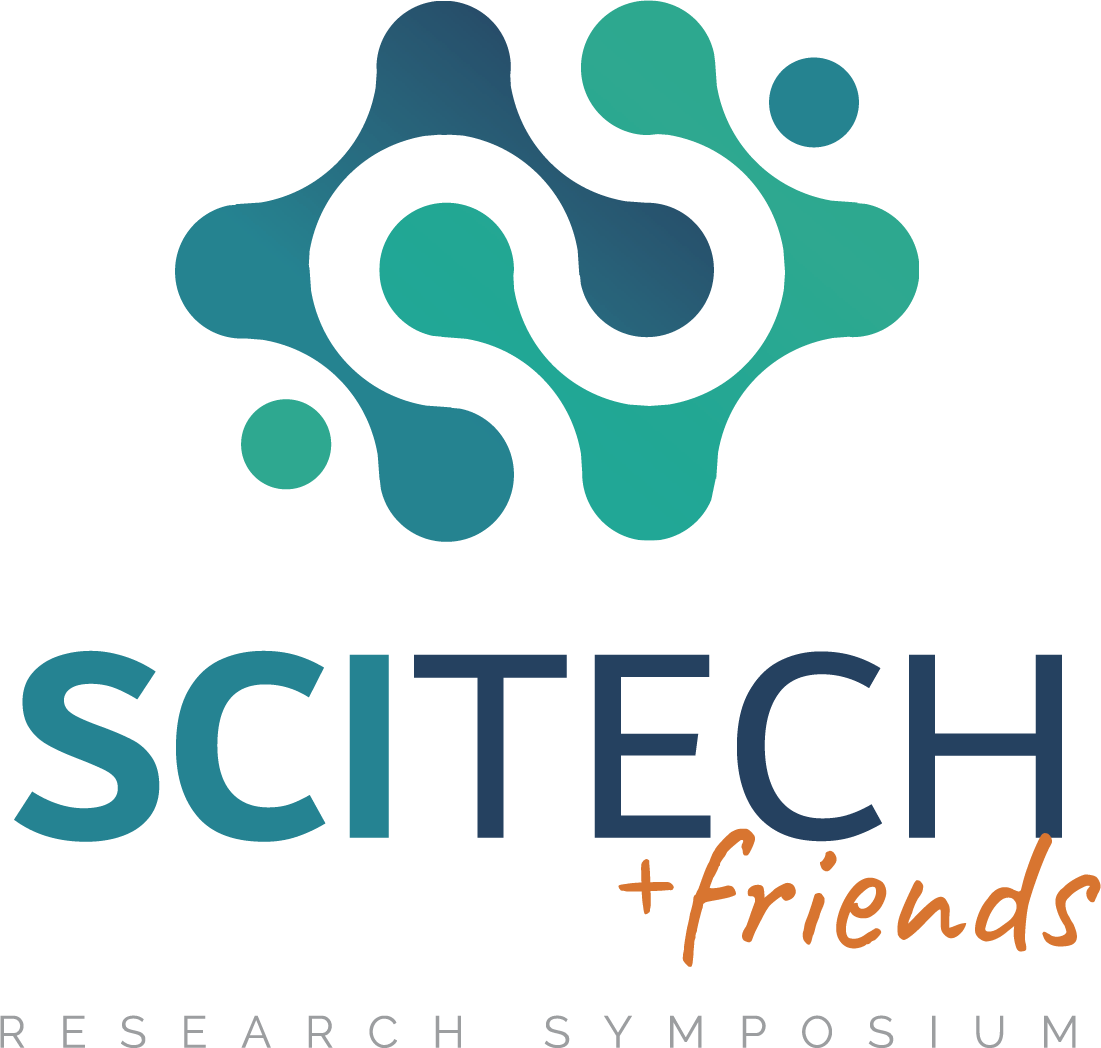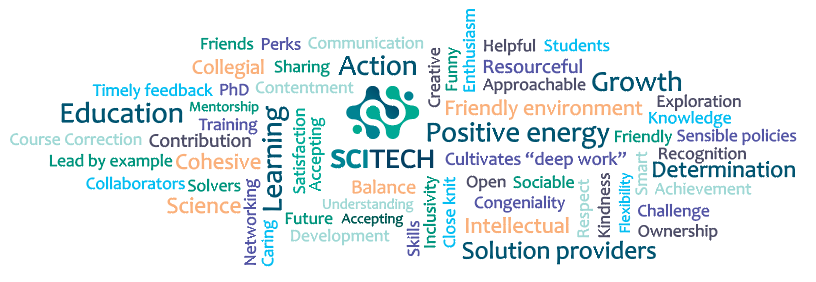Looking For An Internship as a High School Student? Read About Kelsie's Experience at USC ISI

From High School to Leading Research Institute
As a junior in high school who didn’t have much previous experience with coding or machine learning, Kelsie Lam had her fair share of doubts when starting off her internship.
This past summer, Lam, a high school student from Mission San Jose High School, sought out a summer internship that piqued her interest. She contacted Ewa Deelman, who works as a principal scientist at the famed USC ISI, the research institute that played a key role in the creation of the internet, as well as birthing the “.com” and “.net” Domain Name System - the “phone directory” for the internet that we rely on everyday.
“I usually don’t work with high school students, particularly given the difficulties for them to travel to ISI and participate in group meetings and research activities,” Deelman said. “This has been an unusual year, and since March 2020 my group has been working remotely. This situation, combined with the fact that I have high-school-aged children of my own, made me amenable to giving Lam a chance.”
To ease Lam’s transition into the group, Deelman teamed her with one of her graduate students, Patrycja Krawczuk, a second year PhD student.
Deelman’s SciTech group conducts research in distributed systems and develops workflow management technologies, including Pegasus, which enable scientists to run complex workflows on a variety of computational platforms.
“When I first began this internship, I definitely felt a little nervous, as I was the only high school student on the team,” said Lam. “However, the Java course I took in high school was able to help me a little bit with the coding portions, and the group projects I’ve completed over my high school years have definitely helped me work collaboratively with others at the lab.”
As Krawczuk’s first official intern, Lam was a fast learner and great mentee. It quickly became clear that their shared moments of accomplishment overshadowed Lam’s moments of doubt.
“I remember running our first Pegasus workflow together,” said Krawczuk. “It was great to see her amazement when we were able to put the pieces of the puzzle together and execute a workflow example.”
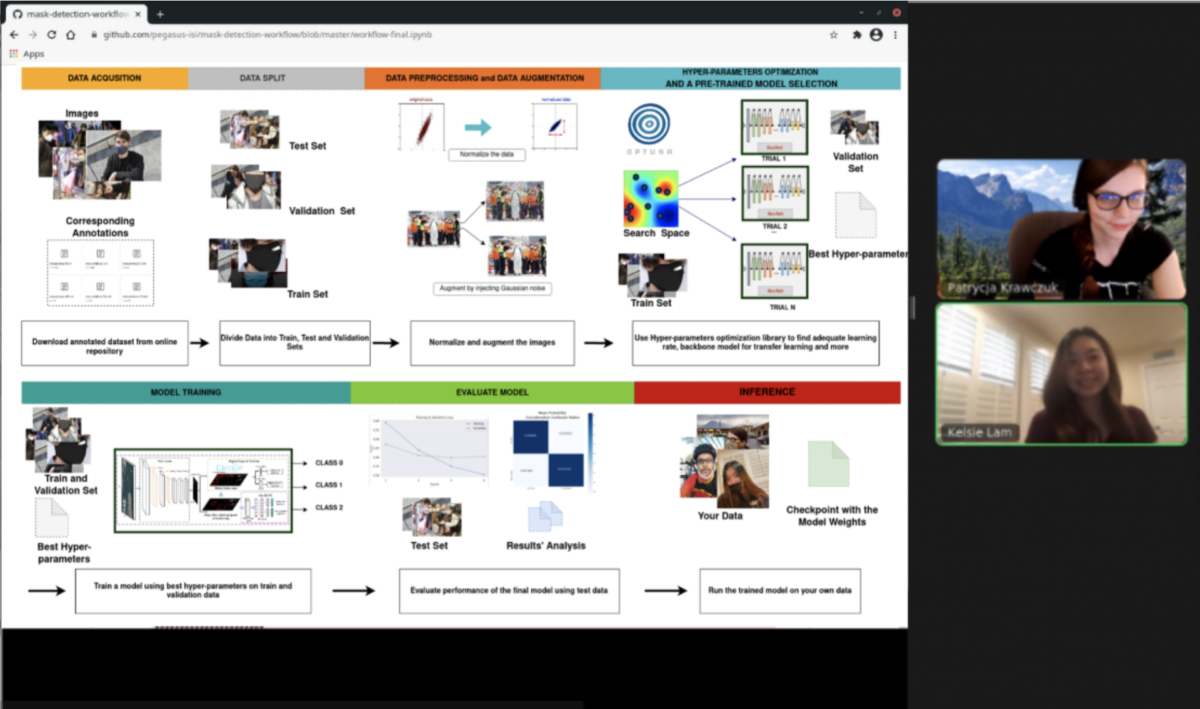
Lam and Krawczuk working together over Zoom
Community and Collaboration
Prior to mentoring Lam, Krawczuk spent a summer working for the program Girls Who Code in a public school in Harlem, New York City, during which she mentored and taught Python programming to a group of 7th grade girls. As an experienced mentor, Krawczuk was able to impart immense amounts of training to help Lam improve her programming and machine learning skills.
At the same time, Krawczuk made sure to tailor each project to Lam’s interests to create a more engaging and interesting experience for her. “One of our projects consists of a mask detection workflow,” she said. “I chose this topic for Kelsie once she told me she’s interested in face recognition.”
The project not only aligned with Lam’s research interests, but also proved to be extremely relevant to the current global climate. Created with Pegasus, the mask detection workflow project consisted of producing workflows to determine whether and how an individual is wearing a face mask through performing facial recognition technology on images. Each person in the image would be characterized by their mask-wearing - either wearing a mask, not wearing a mask, or wearing a mask incorrectly.
On a larger scale, this could be used to determine what percentage of a population is wearing a face mask and if they’re doing so correctly. Evidently, this technology has both research and utility purposes that can be applied on a daily basis. Though it’s already been over a year of the COVID-19 pandemic, technologies like the mask detection workflow could bring us a step closer to the light at the end of the tunnel.
With a solid foundational skill set and the guidance of Krawczuk, Lam was able to incorporate her previous knowledge into new challenges. On top of learning how to create and edit various workflows, Lam took an online Python programming course at the same time, which greatly enriched her learning experience. She engaged in a variety of exciting projects, with the most memorable being a text analysis workflow that calculates the number and frequency of certain words in a Harry Potter book.
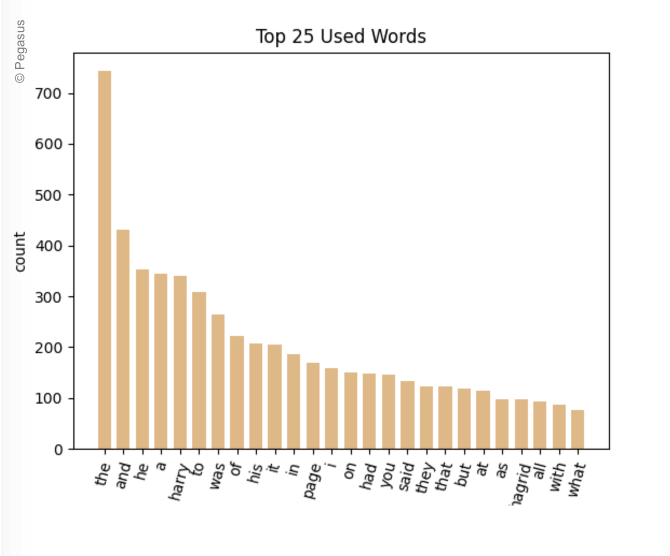
Final output graph of text analysis workflow for Harry Potter book
Though all her work was done remotely due to COVID, Lam was able to get the most out of the internship by perfecting her computer skills while still getting to work in a team setting over Zoom.
“Not only was I able to gain various experiences through the multiple projects I’ve worked on, but I’ve also learned how to communicate and collaborate with others on the team,” she said.
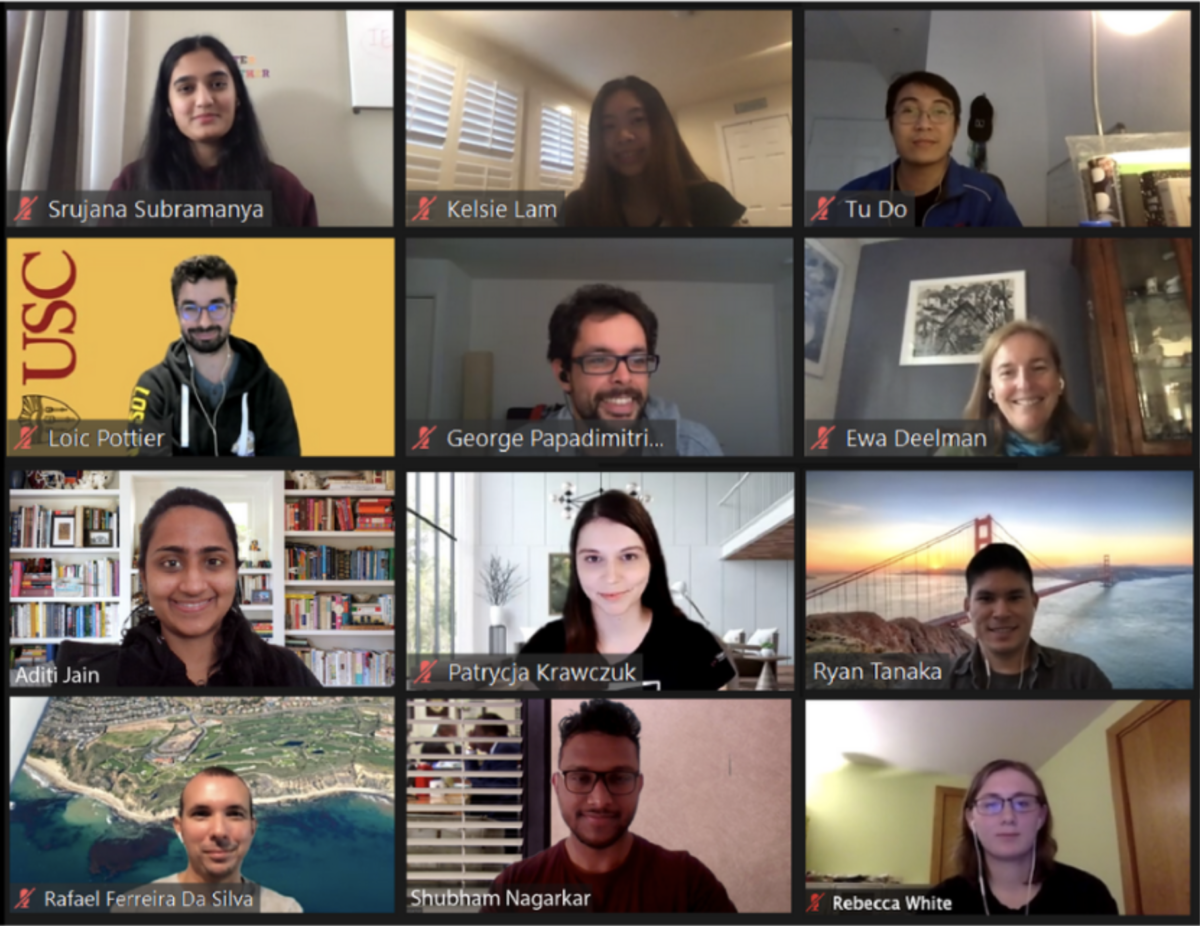
The Pegasus Machine Learning Group meets over Zoom
Since her initial introduction as an intern in June 2020, Lam has continually contributed her hard work to the Pegasus group and has been working there for almost a year this semester. Speaking from her memorable experience, Lam advocates for everyone, especially high school students and young girls who have an interest in coding or machine learning, to seek out an internship at ISI.
“The environment at the SciTech lab is very supportive and engaging, so don’t feel scared or intimidated to join,” encouraged Lam.
Despite the huge strides that have been made for equal representation in the workplace, industries like tech still have a ways to go. With more young girls like Lam pursuing and excelling at machine learning, there is a much greater chance for women and young girls to play a key role in computing the world around us.
Source: ISI News (Rene Van Steenbergen)

